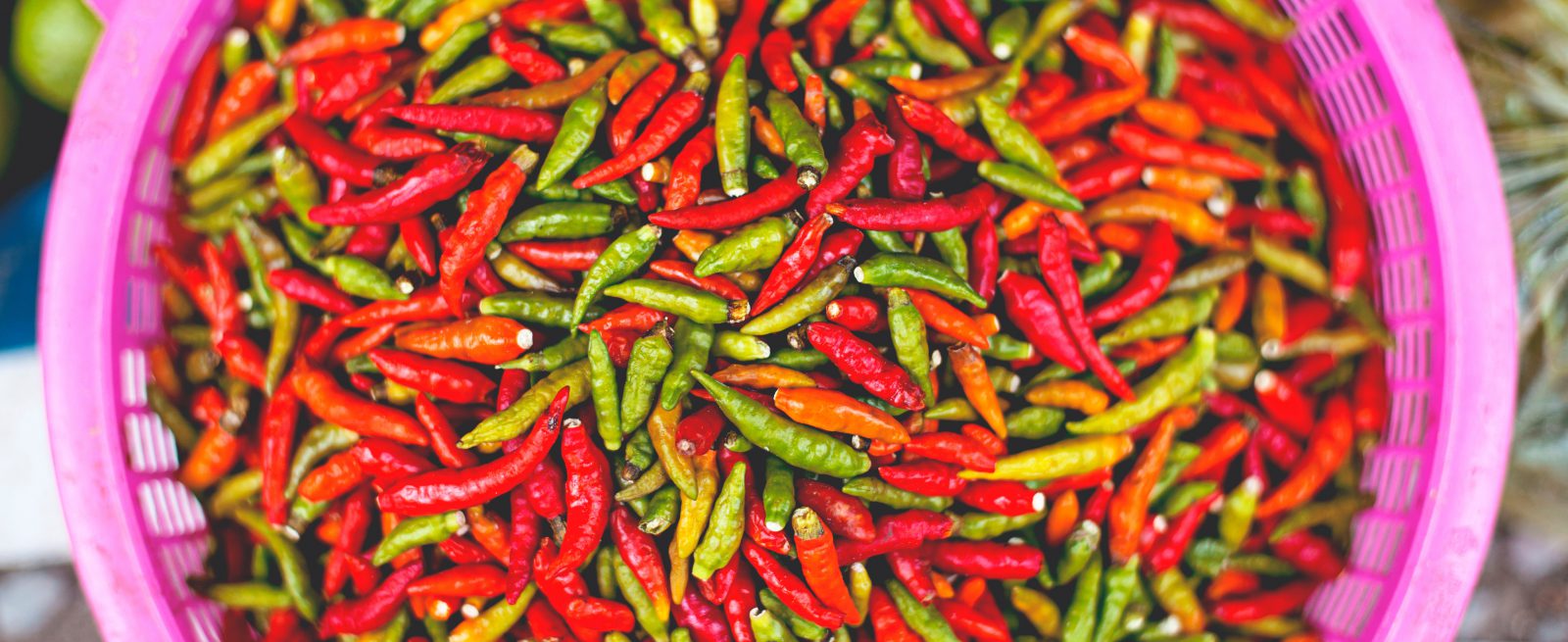What’s So Hot About Hot Sauce (Infographic)
3 Min Read By WebstaurantStore
Everyone’s heard of hot sauce. Nearly every nation has their own cultural rendition of a spicy condiment to enhance the flavor of their food. While hot sauce has been popular in the U.S. for decades, it’s become increasingly popular in recent years. Hot sauce is more than just a common part of street food, as there is a science behind how spicy each sauce is, as well as a history of hot sauce’s origins.
Most hot sauce is some combination of chili peppers, vinegar, and salt. Many hot sauces are fermented to add a funky flavor element. They can be liquid or paste, green, red or even brown. While there are other spicy condiments that get their heat from ingredients that aren’t chilies (Mustard sauce, Wasabi, Horseradish), we’ll just focus on chili-based sauces.
Most sources agree that hot sauce is an ancient invention that goes back as far as Mayan times. The first hot sauces were likely just a mixture of peppers and water, but it didn’t take long for people to begin…
Sorry, You've Reached Your Article Limit.
Register for free with our site to get unlimited articles.
Already registered? Sign in!


